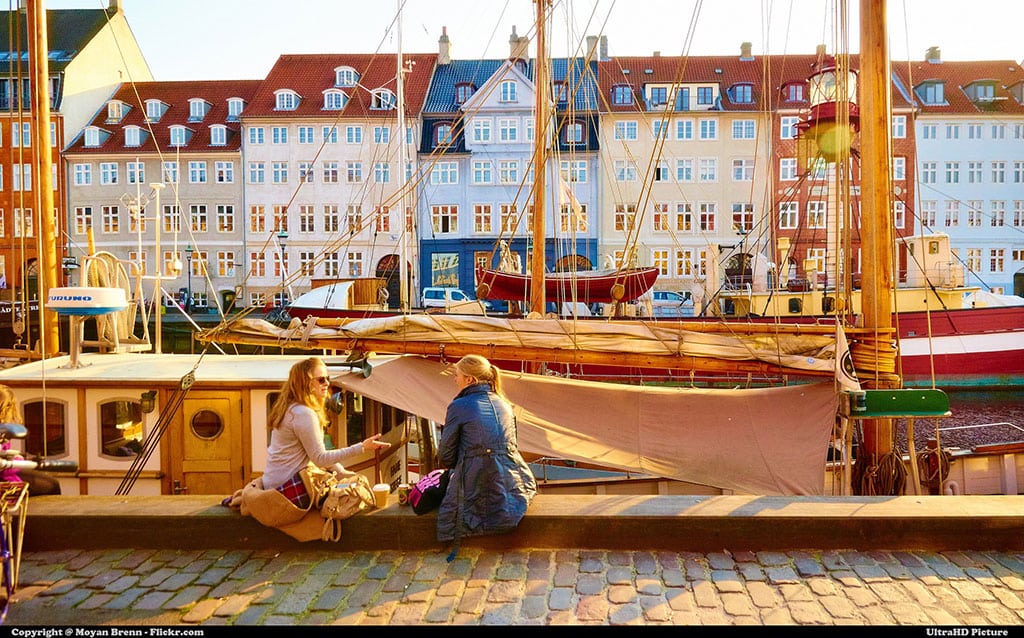Skift Take
Travel destinations that are as good to locals as they are to visitors strike the perfect balance. But it's really hard to make that happen.
If you took a stroll around ITB Berlin’s 30+ halls this year, you might have noticed the playing field of destination marketing looks a lot more level than it did ten years ago.
Governments of smaller countries and regions have woken up to the potential revenue from tourism and funded bigger campaigns with professional ad agencies — agencies that have been paying attention to best-practice examples from around the world.
Is this a problem? Only if you’re trying to find that edge to get ahead.
Nearly every city, region and country may have a destination marketing organization (DMO), but only a few have a destination development arm of their organization. This isn’t a space where destination marketers traditionally tread, but as I plan to address in this this weekly column, destination development isn’t just about making the destination better, it’s the new frontier of destination marketing and sustainable growth.
And it’s an area destinations can’t afford to neglect.
Spud Hilton, the travel editor of the San Francisco Chronicle, succinctly articulated the two typical strategies for destination development. “Either,” he said, “you go the route of Disney and Las Vegas with a synthetic product that’s designed to attract tourists — and may bring some unwanted side effects — or you just try to make your town really cool for the people who live there with the idea that if the locals like it, travelers probably will as well.”
This is a view I’ve shared for some time. But here’s the challenge: improving the signage, fixing parking issues, adding a nice town square with a farmer’s market or ice-skating rink, and converting main street to a pedestrian street will likely make things better for the locals and is certainly a step in the right direction to attract visitors, but it’s not enough of a draw to motivate potential visitors to buy a plane ticket, make a big detour on a road trip or, for those who are already there, put something on social media that will be impressive enough to entice others.
What I want to explore in this space is a third route, something between a Copenhagen and a Las Vegas — a way to improve the quality of life in the community, yet attract visitors and build upon a great experience that’s consistent with your brand. The solutions will involve best-practice technology, customer service, brand-aligned permanent and temporary attractions, and physical enhancements that will help generate a buzz on social media.
It’s also about creating a unique and powerful product that helps market itself.
It’s far easier to distinguish your destination from your competition when you have something you can point to that actually distinguishes it. If you’re trying to sell your home, you can take some nice pictures and compose some glowing text or you can invest in a fresh coat of paint, add some granite counters and other features your real estate agent recommends and you’ll find the text its far easier to compose and photos far more convincing.
What’s the destination version of this? Stay tuned to this column for a weekly dose of destination insights, tips, trends and best-practice examples and find out.
Doug Lansky is the Destinations Editor for Skift, an author and travel writer who has been published in dozens of major publications from The Guardian to National Geographic Traveler, a consultant for destinations, and a speaker at tourism conferences around the world. More at www.douglansky.com.
The Daily Newsletter
Our daily coverage of the global travel industry. Written by editors and analysts from across Skift’s brands.
Have a confidential tip for Skift? Get in touch
Photo credit: Copenhagen is an ideal place to live, but what's its worth as a tourist destination? Moyhan Brenn / Flickr
